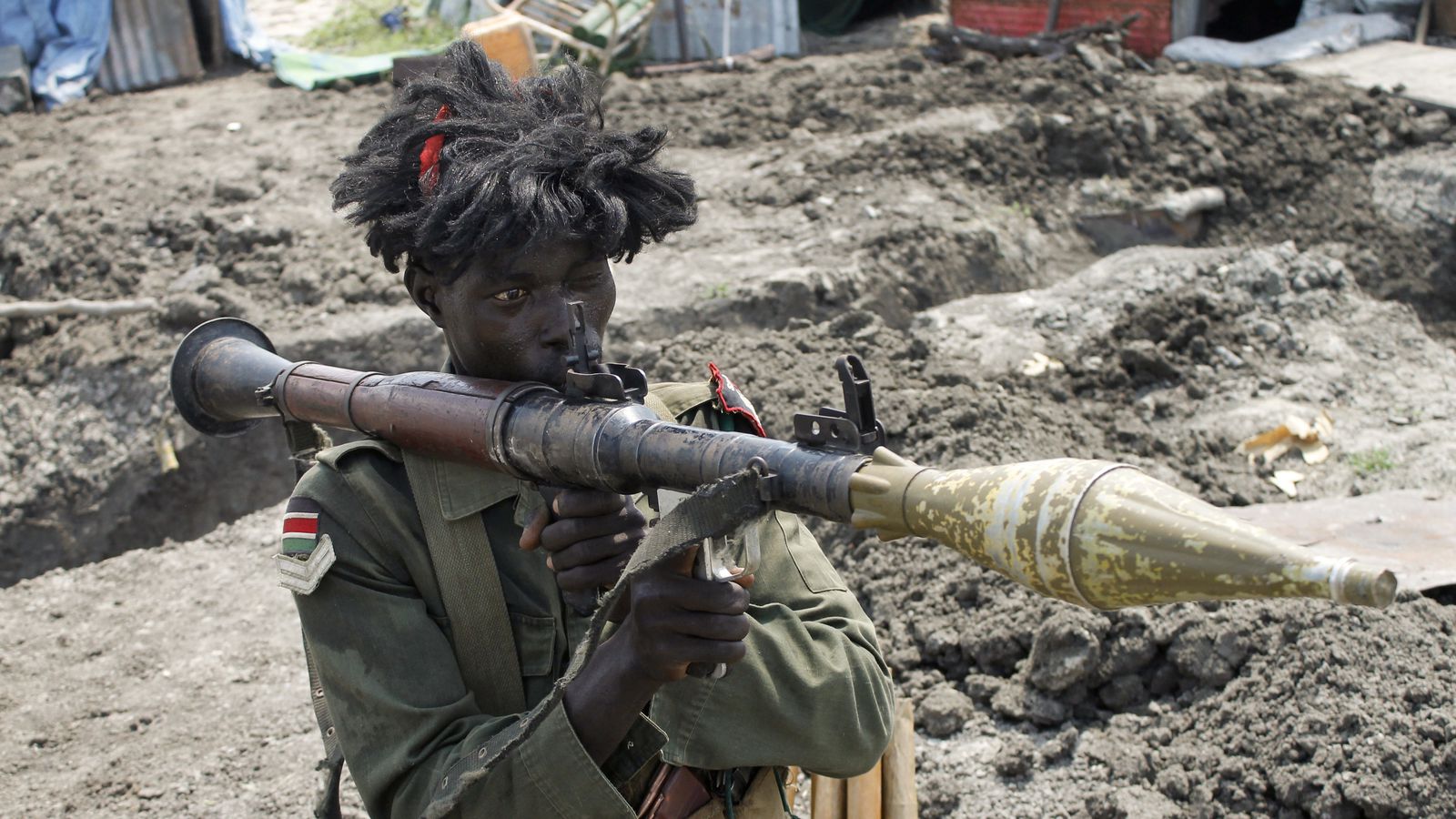
Zoonotic disease is a priority area of research, and there has been a major effort to prevent the spread of the Ebola outbreak in neighbouring eastern DRC. Once one of the most populated wildlife habitats in Africa, the National Parks, Game Reserves and Wildlife Service have struggled, and wildlife numbers have been decimated for bushmeat. Across the border the in DRC, Garamba National Park has been a route for those fleeing the fighting, its forests a place of hiding and poaching for forces from all sides of the conflict.Īpproximately 14% of the land in South Sudan is formally designated to wildlife Protected Areas. 6 Wider effects of the civil war are felt across its borders where human displacement creates its own environmental concerns of deforestation and competition for resources. Since July 2016, the focus of the civil war switched from the oil states to the Equatorias and the illicit extraction of timber and minerals, linked to funding the conflict.

Local farmers have reported climatic changes affecting seasonal harvests, and threats like flooding – mixed with continuing insecurity – may continue to impact food security. However, insecurity and a lack of basic infrastructure keeps most farming at the subsistence level. The riverine system of the Nile/Congo watershed provide the most fertile soil in the country, a potential breadbasket for the region.

South Sudan is a member of the East African Community of nations, many of which form the southern Nile Basin countries, making it a new pivotal player in Nile negotiations. The White Nile flows from south to north forming the largest wetland in Africa, the Sudd 4 supported by a substantial network of major tributaries. The most strategic resource in South Sudan is water. Political control of the oil states has been a major factor antagonising the latest civil war. The South’s secession had a huge impact on Sudan’s economy, a factor in the downfall of President Bashir. 3 However, South Sudan’s pipelines already flow north to the Red Sea via refineries in Sudan. Land-locked South Sudan has the third largest oil reserves in sub-Saharan Africa making it a key partner for the LAPSETT corridor to its south. Oil was discovered in Sudan in 1978 and control over it has been contested through two civil wars and much of the peace in between.

After decades of underdevelopment and war South Sudan’s environmental landscape ranges from unregulated extraction, illicit logging, and oil pollution, to vast areas of near-pristine natural landscape, including the largest wetland in Africa.


 0 kommentar(er)
0 kommentar(er)
